�
�
David Marker
Department of Mathematics
University of Illinois
351 S. Morgan Street
Chicago, IL 60607-7045
USA
marker@math.uic.edu
Editorial Board:
S. Axler
Mathematics Department
San Francisco State
University
San Francisco, CA 94132
USA
axler@sfsu.edu
F.W. Gehring
Mathematics Department
East Hall
University of Michigan
Ann Arbor, MI 48109
USA
fgehring@math.lsa.umich.edu
K.A. Ribet
Mathematics Department
University of California,
Berkeley
Berkeley, CA 94720-3840
USA
ribet@math.berkeley.edu
Mathematics Subject Classification (2000): 03-01, 03Cxx
Library of Congress Cataloging-in-Publication Data
Marker, D. (David), 1958–
Model theory : an introduction / David Marker
p. cm. — (Graduate texts in mathematics ; 217)
Includes bibliographical references and index.
ISBN 0-387-98760-6 (hc : alk. paper)
1. Model theory.
II. Series.
QA9.7 .M367 2002
511.3—dc21
I. Title.
2002024184
Printed on acid-free paper.
ISBN 0-387-98760-6
© 2002 Springer-Verlag New York, Inc.
All rights reserved. This work may not be translated or copied in whole or in part without the written
permission of the publisher (Springer-Verlag New York, Inc., 175 Fifth Avenue, New York, NY 10010,
USA), except for brief excerpts in connection with reviews or scholarly analysis. Use in connection
with any form of information storage and retrieval, electronic adaptation, computer software, or by
similar or dissimilar methodology now known or hereafter developed is forbidden.
The use in this publication of trade names, trademarks, service marks, and similar terms, even if they
are not identified as such, is not to be taken as an expression of opinion as to whether or not they are
subject to proprietary rights.
Printed in the United States of America.
9 8 7 6 5 4 3 2 1
SPIN 10711679
Typesetting: Pages created by the author using a Springer TEX macro package.
www.springer-ny.com
Springer-Verlag New York Berlin Heidelberg
A member of BertelsmannSpringer Science+Business Media GmbH
�
In memory of Laura
�
Contents
Introduction
1 Structures and Theories
1.1 Languages and Structures . . . . . . . . . . . . . . . . . . .
1.2 Theories . . . . . . . . . . . . . . . . . . . . . . . . . . . . .
1.3 Definable Sets and Interpretability . . . . . . . . . . . . . .
1.4 Exercises and Remarks . . . . . . . . . . . . . . . . . . . . .
2 Basic Techniques
2.1 The Compactness Theorem . . . . . . . . . . . . . . . . . .
2.2 Complete Theories . . . . . . . . . . . . . . . . . . . . . . .
2.3 Up and Down . . . . . . . . . . . . . . . . . . . . . . . . . .
2.4 Back and Forth . . . . . . . . . . . . . . . . . . . . . . . . .
2.5 Exercises and Remarks . . . . . . . . . . . . . . . . . . . . .
1
7
7
14
19
29
33
33
40
44
48
60
3 Algebraic Examples
71
71
3.1 Quantifier Elimination . . . . . . . . . . . . . . . . . . . . .
84
3.2 Algebraically Closed Fields
. . . . . . . . . . . . . . . . . .
3.3 Real Closed Fields . . . . . . . . . . . . . . . . . . . . . . .
93
3.4 Exercises and Remarks . . . . . . . . . . . . . . . . . . . . . 104
4 Realizing and Omitting Types
115
4.1 Types
. . . . . . . . . . . . . . . . . . . . . . . . . . . . . . 115
4.2 Omitting Types and Prime Models . . . . . . . . . . . . . . 125
�
viii
Contents
4.3 Saturated and Homogeneous Models . . . . . . . . . . . . . 138
4.4 The Number of Countable Models
. . . . . . . . . . . . . . 155
4.5 Exercises and Remarks . . . . . . . . . . . . . . . . . . . . . 163
5 Indiscernibles
175
5.1 Partition Theorems . . . . . . . . . . . . . . . . . . . . . . . 175
5.2 Order Indiscernibles
. . . . . . . . . . . . . . . . . . . . . . 178
5.3 A Many-Models Theorem . . . . . . . . . . . . . . . . . . . 189
5.4 An Independence Result in Arithmetic . . . . . . . . . . . . 195
5.5 Exercises and Remarks . . . . . . . . . . . . . . . . . . . . . 202
6 ω-Stable Theories
207
. . . . . . . . . . . . . . 207
6.1 Uncountably Categorical Theories
6.2 Morley Rank . . . . . . . . . . . . . . . . . . . . . . . . . . 215
6.3 Forking and Independence . . . . . . . . . . . . . . . . . . . 227
6.4 Uniqueness of Prime Model Extensions . . . . . . . . . . . . 236
6.5 Morley Sequences . . . . . . . . . . . . . . . . . . . . . . . . 240
6.6 Exercises and Remarks . . . . . . . . . . . . . . . . . . . . . 243
7 ω-Stable Groups
251
7.1 The Descending Chain Condition . . . . . . . . . . . . . . . 251
7.2 Generic Types
. . . . . . . . . . . . . . . . . . . . . . . . . 255
7.3 The Indecomposability Theorem . . . . . . . . . . . . . . . 261
7.4 Definable Groups in Algebraically Closed Fields . . . . . . . 267
7.5 Finding a Group . . . . . . . . . . . . . . . . . . . . . . . . 279
7.6 Exercises and Remarks . . . . . . . . . . . . . . . . . . . . . 285
8 Geometry of Strongly Minimal Sets
289
8.1 Pregeometries . . . . . . . . . . . . . . . . . . . . . . . . . . 289
8.2 Canonical Bases and Families of Plane Curves . . . . . . . . 293
8.3 Geometry and Algebra . . . . . . . . . . . . . . . . . . . . . 300
8.4 Exercises and Remarks . . . . . . . . . . . . . . . . . . . . . 309
A Set Theory
B Real Algebra
References
Index
315
323
329
337
�
Introduction
Model theory is a branch of mathematical logic where we study mathemat-
ical structures by considering the first-order sentences true in those struc-
tures and the sets definable by first-order formulas. Traditionally there have
been two principal themes in the subject:
• starting with a concrete mathematical structure, such as the field of real
numbers, and using model-theoretic techniques to obtain new information
about the structure and the sets definable in the structure;
• looking at theories that have some interesting property and proving
general structure theorems about their models.
A good example of the first theme is Tarski’s work on the field of real
numbers. Tarski showed that the theory of the real field is decidable. This
is a sharp contrast to G¨odel’s Incompleteness Theorem, which showed that
the theory of the seemingly simpler ring of integers is undecidable. For his
proof, Tarski developed the method of quantifier elimination which can be
used to show that all subsets of Rn definable in the real field are geomet-
rically well-behaved. More recently, Wilkie [103] extended these ideas to
prove that sets definable in the real exponential field are also well-behaved.
The second theme is illustrated by Morley’s Categoricity Theorem, which
says that if T is a theory in a countable language and there is an uncount-
able cardinal κ such that, up to isomorphism, T has a unique model of
cardinality κ, then T has a unique model of cardinality λ for every un-
countable κ. This line has been extended by Shelah [92], who has developed
deep general classification results.
For some time, these two themes seemed like opposing directions in the
subject, but over the last decade or so we have come to realize that there
�
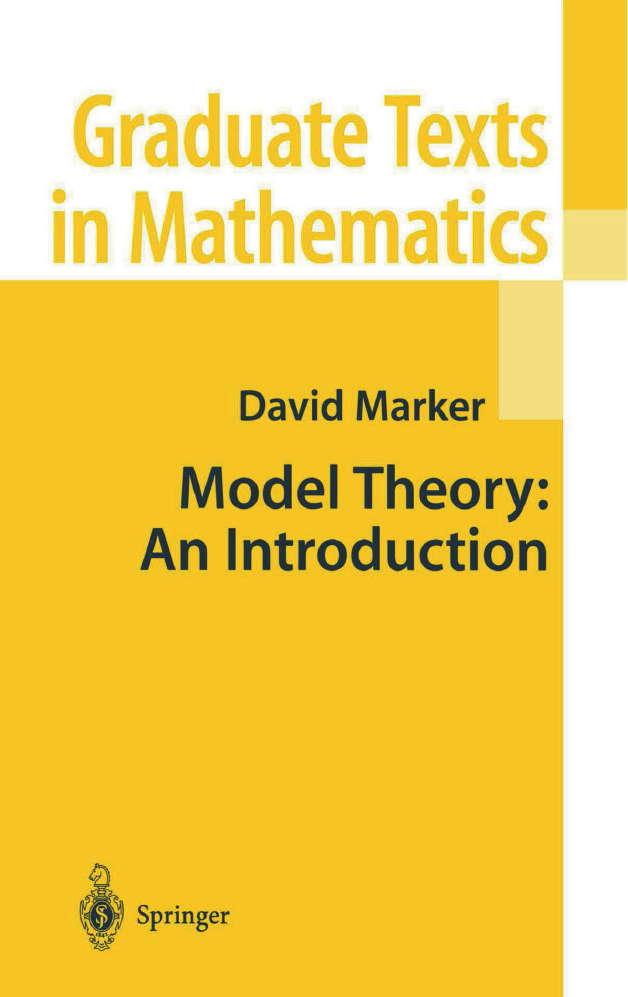
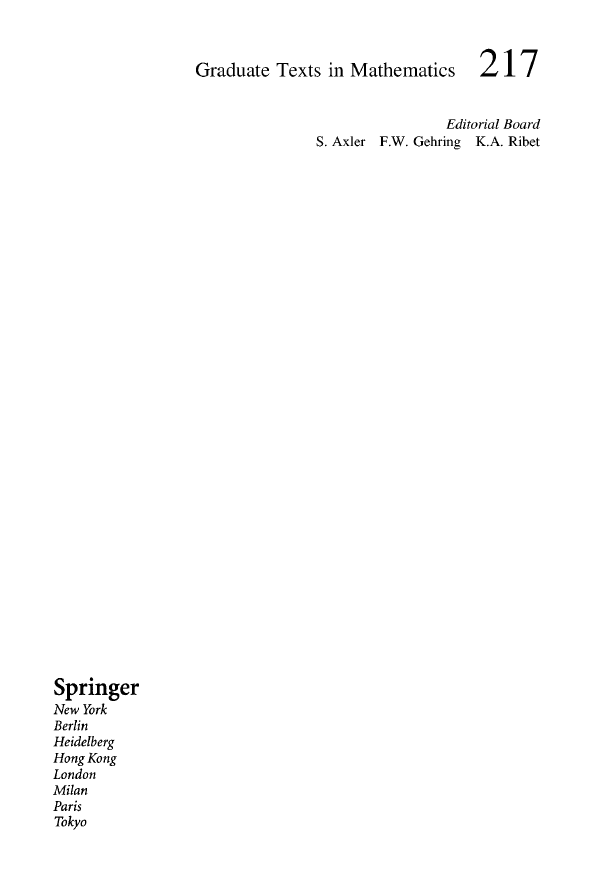
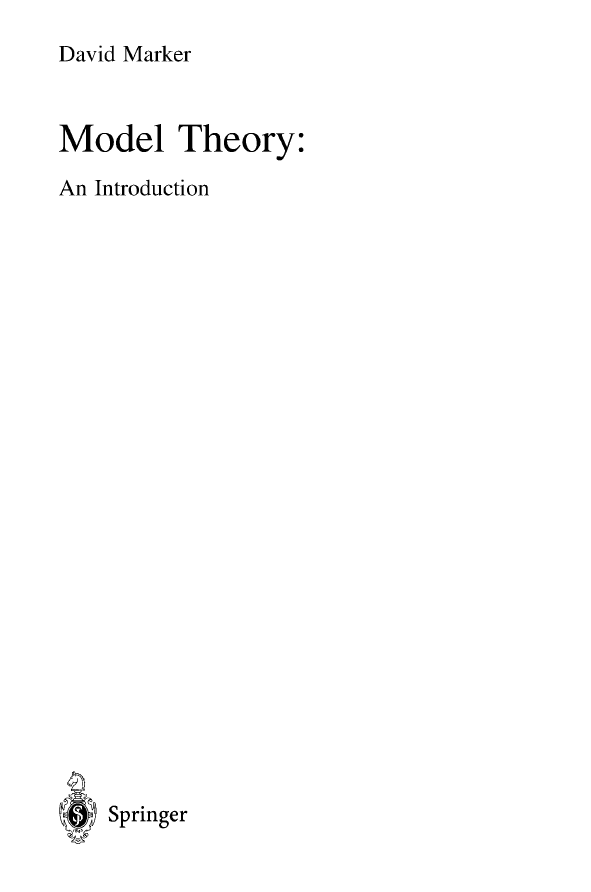
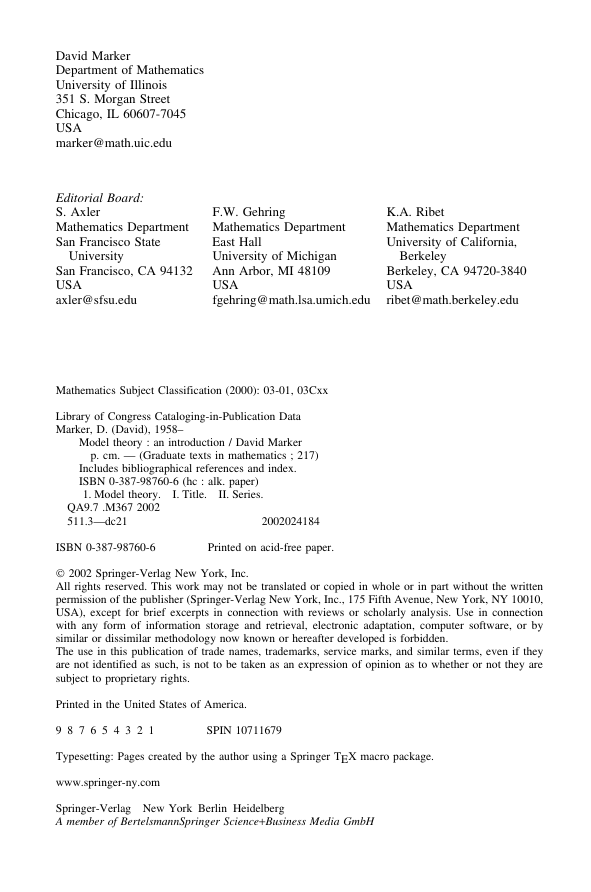
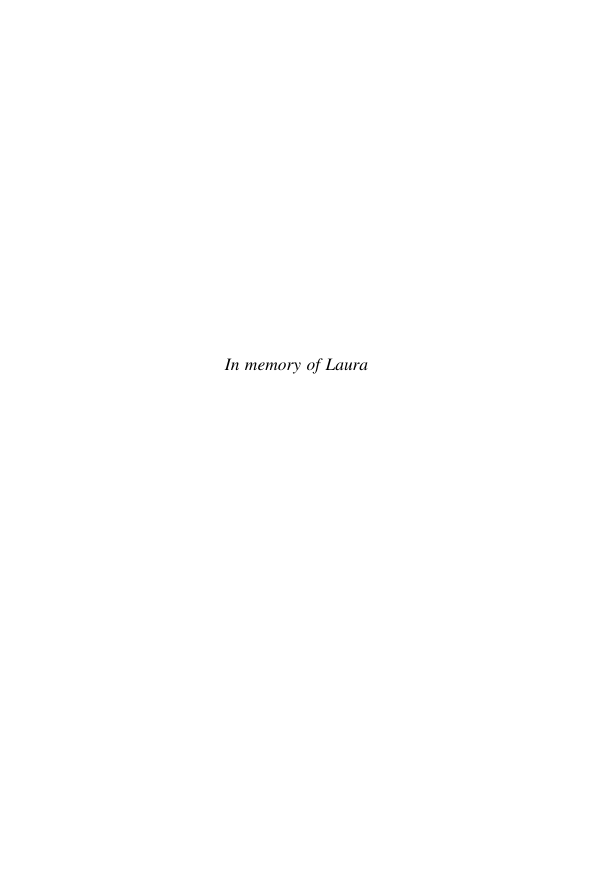
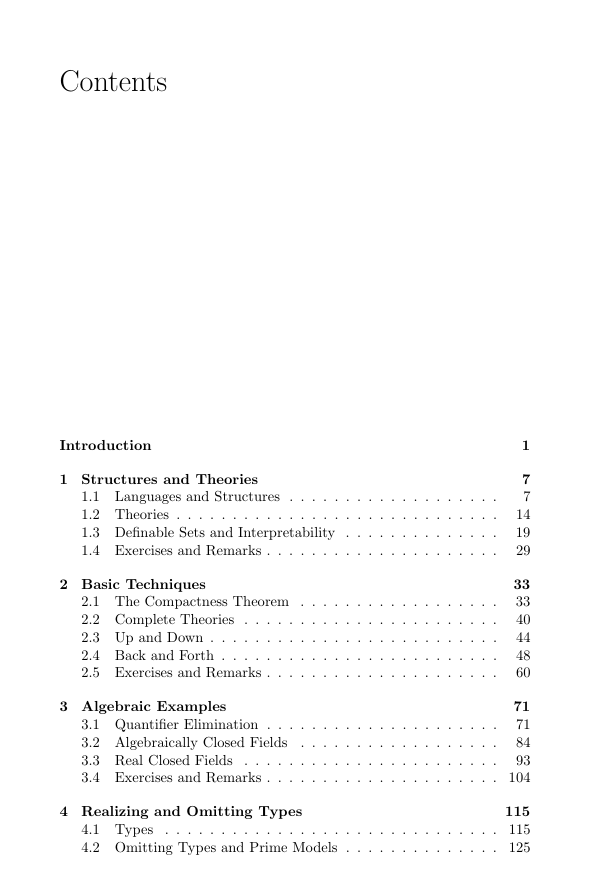
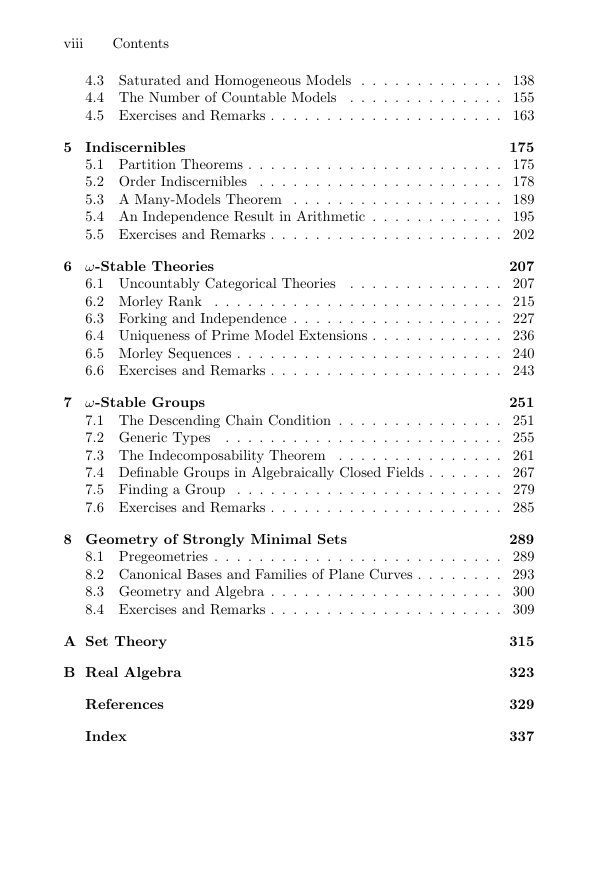
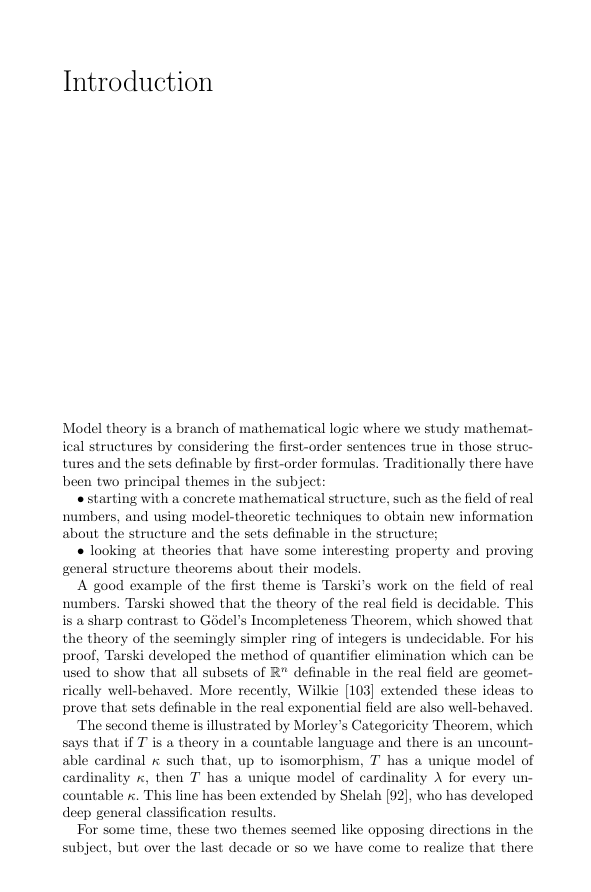








 2023年江西萍乡中考道德与法治真题及答案.doc
2023年江西萍乡中考道德与法治真题及答案.doc 2012年重庆南川中考生物真题及答案.doc
2012年重庆南川中考生物真题及答案.doc 2013年江西师范大学地理学综合及文艺理论基础考研真题.doc
2013年江西师范大学地理学综合及文艺理论基础考研真题.doc 2020年四川甘孜小升初语文真题及答案I卷.doc
2020年四川甘孜小升初语文真题及答案I卷.doc 2020年注册岩土工程师专业基础考试真题及答案.doc
2020年注册岩土工程师专业基础考试真题及答案.doc 2023-2024学年福建省厦门市九年级上学期数学月考试题及答案.doc
2023-2024学年福建省厦门市九年级上学期数学月考试题及答案.doc 2021-2022学年辽宁省沈阳市大东区九年级上学期语文期末试题及答案.doc
2021-2022学年辽宁省沈阳市大东区九年级上学期语文期末试题及答案.doc 2022-2023学年北京东城区初三第一学期物理期末试卷及答案.doc
2022-2023学年北京东城区初三第一学期物理期末试卷及答案.doc 2018上半年江西教师资格初中地理学科知识与教学能力真题及答案.doc
2018上半年江西教师资格初中地理学科知识与教学能力真题及答案.doc 2012年河北国家公务员申论考试真题及答案-省级.doc
2012年河北国家公务员申论考试真题及答案-省级.doc 2020-2021学年江苏省扬州市江都区邵樊片九年级上学期数学第一次质量检测试题及答案.doc
2020-2021学年江苏省扬州市江都区邵樊片九年级上学期数学第一次质量检测试题及答案.doc 2022下半年黑龙江教师资格证中学综合素质真题及答案.doc
2022下半年黑龙江教师资格证中学综合素质真题及答案.doc